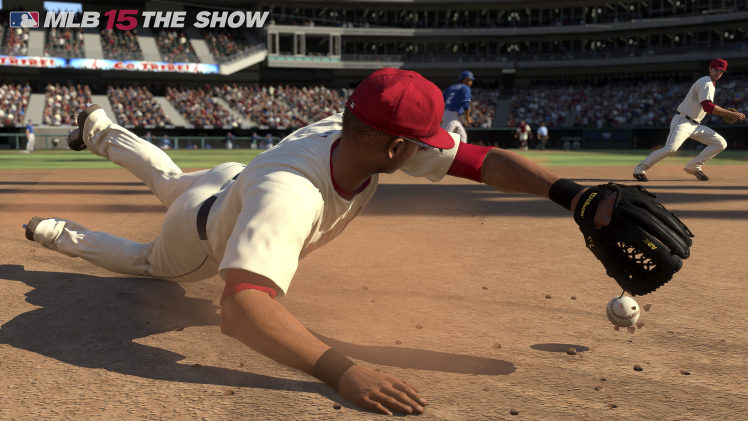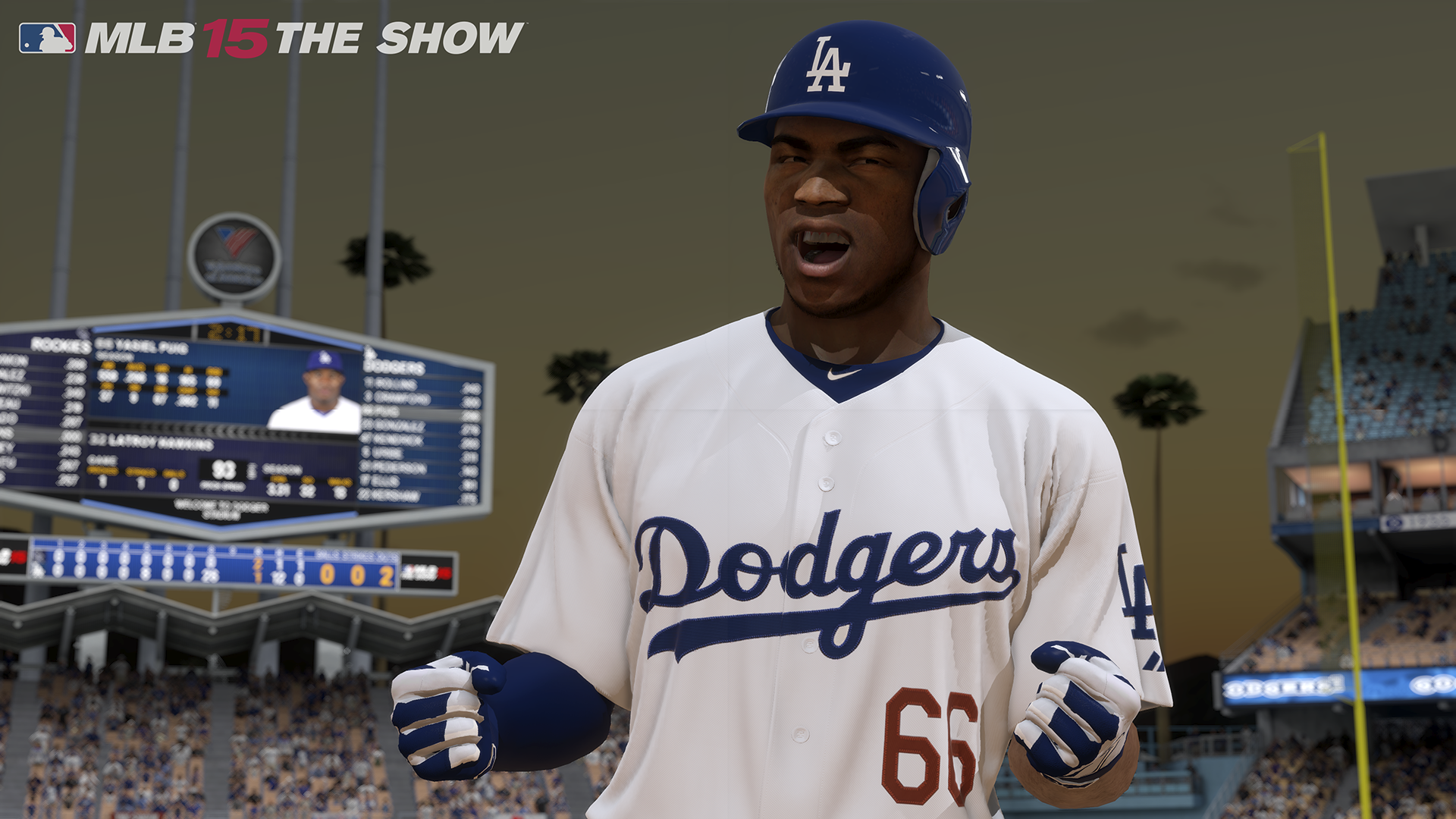Plate discipline
Swinging at strikes is the easiest thing to think about and the hardest thing to do. Finding good pitches is pretty easy in the minor leagues (AA, AAA), but it becomes the most difficult part of the game once you are called up to the majors.
I have two pieces of advice here: Learn your weaknesses, and predict pitcher tendencies.
You will know pretty quickly what you suck at. For me, it’s low curveballs. I can’t hit them, and I can’t lay off of them. So when I am in a two-strike count, I always use guess pitch to predict a low curveball, slider, or changeup (depending on the opposing pitcher’s pitches). I figure that I can adjust to anything else tossed my way.
Predicting pitcher tendencies is a little trickier. MLB 15’s A.I. pitchers tend to also follow general baseball practices. If the batter is ahead (with more balls than strikes) in the count, pitchers will throw a lot of fastballs. When the batter is behind (more strikes than balls), they tend to throw off-speed junk out of the strike zone. Make sure you guess accordingly.
Fielding
Fielding has been a joke in the MLB The Show franchise for the last few years. I’ve routinely told people to basically ignore their fielding stats unless they are playing a key defensive role, such as shortstop or catcher.
I am still going to do that. You certainly want to avoid attribute decay, which happens if you don’t level up a stat every 60 days or so, but you want to focus on contact, vision, and either speed stats or power.
However, this will actually bite you in MLB 15. My juggernaut of a left fielder channels his inner Manny Ramirez every time a ball is hit his way. I miss pop flies and stumble while attempting running catches, and a few of my throws have traveled less than 50 feet before hitting the grass.
In the long run, staggering offensive numbers still heavily outweigh your dozens of errors. You lose about eight training points per error, while you gain about 30 per home run. You will gain more training points per game and be of greater value to your team. You will also earn all-star appearances and season awards, which both come with hefty training point bonuses.
Equipment
MLB 15 debuts an all-new equipment system, similar to the one found in Electronic Arts’ NHL games. Players can earn bats, fielding gloves, batting gloves, cleats, and strange ritual items that boost certain attributes. You get these by logging in every day, unlocking certain achievements, or using in-game and real currency to buy booster packs that contain one item and several cards that the Diamond Dynasty mode uses.
The equipment system is an invaluable tool for all modes, but it is especially useful in Road to the Show. Items are separated into simple bronze, silver, and gold tiers according to rarity and strength. Five silver-tiered items will probably boost your players stats by 20 points or even 30 points, which is huge — especially late in your player’s career, when attributes cost a fortune in training points.
You can also buy and sell equipment on an online market. Do it. If you are focusing on a speed build, then sell that power item and buy what you need. Play around with this item system; it will make life much easier.
Training
The random training sessions are actually worth doing in MLB 15. I typically skip these, but scoring gold in the early levels of training is both simple and rewarding.
Finishing the first level of a drill with a gold score will grab you 200 training points that you can use on whatever you like. The second level awards 250 points, and so on.
Eventually, it’s difficult to score in the gold range, and you may not need the points. But for your first few seasons, do your training.



